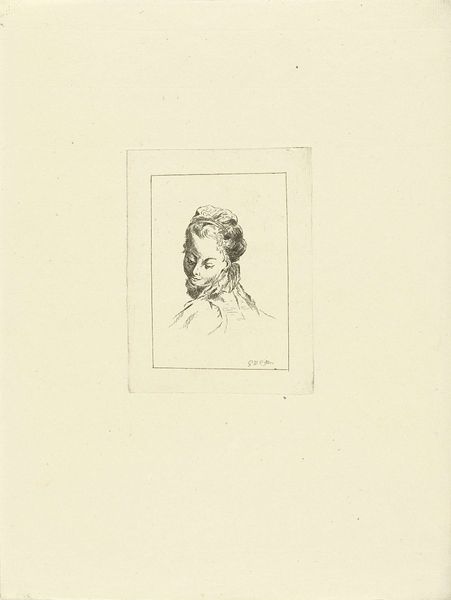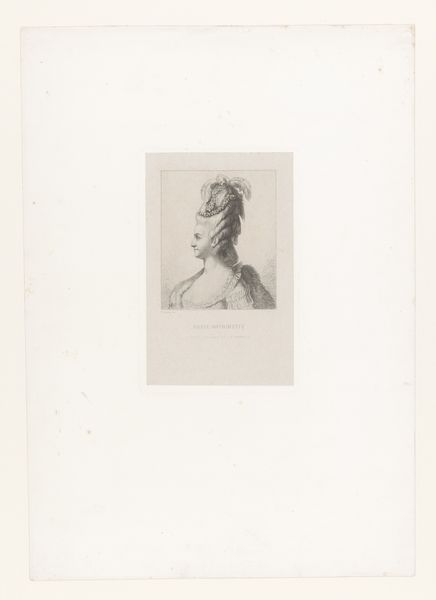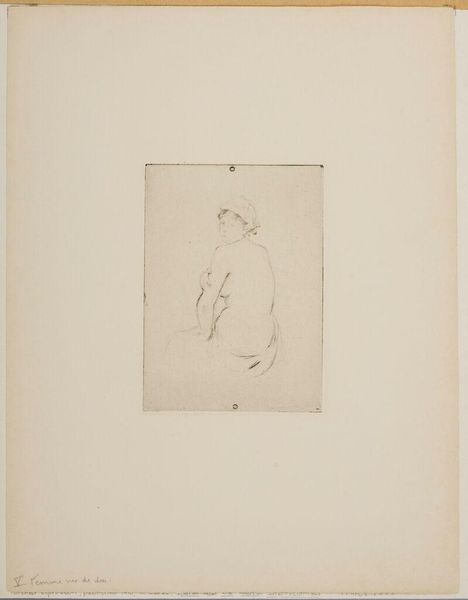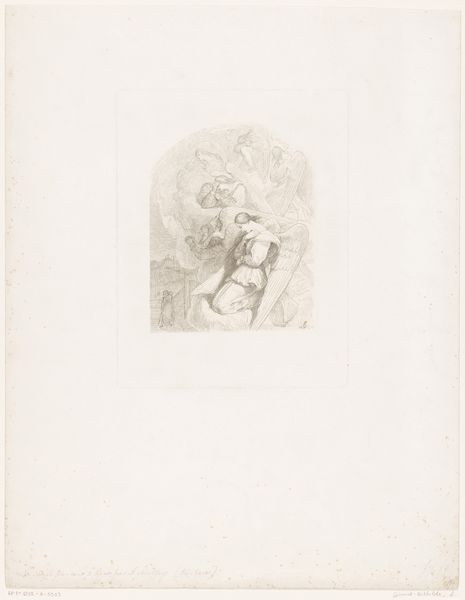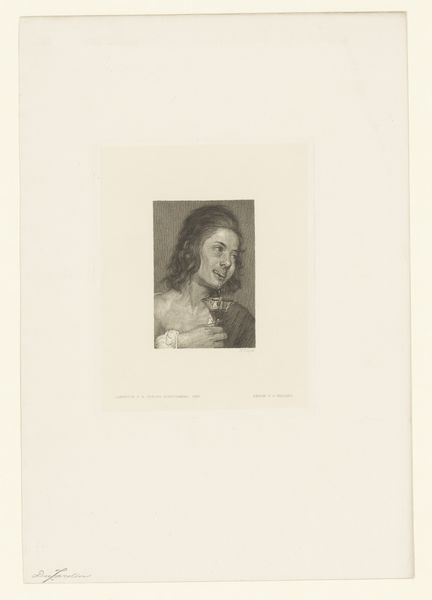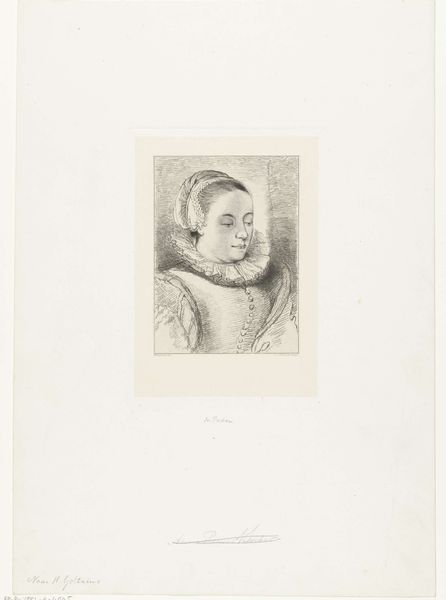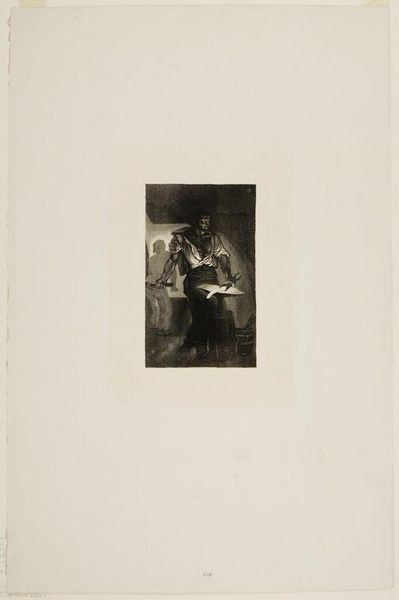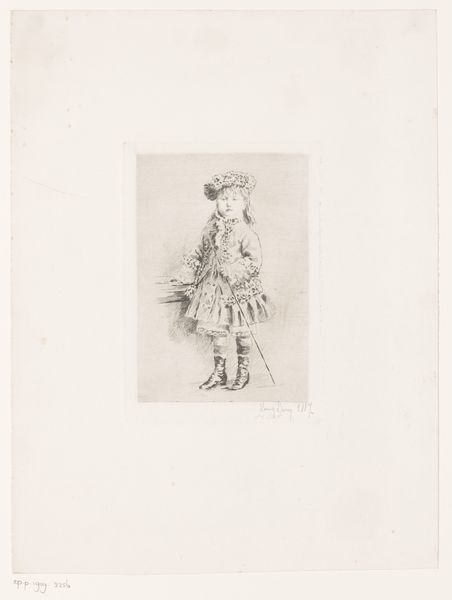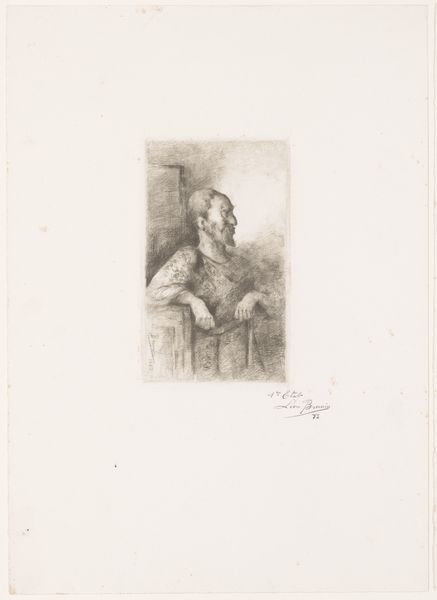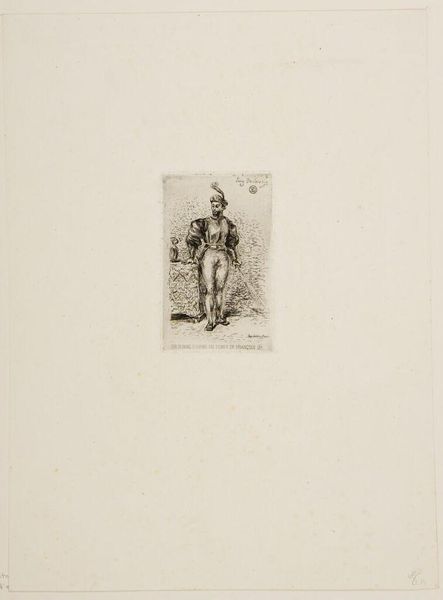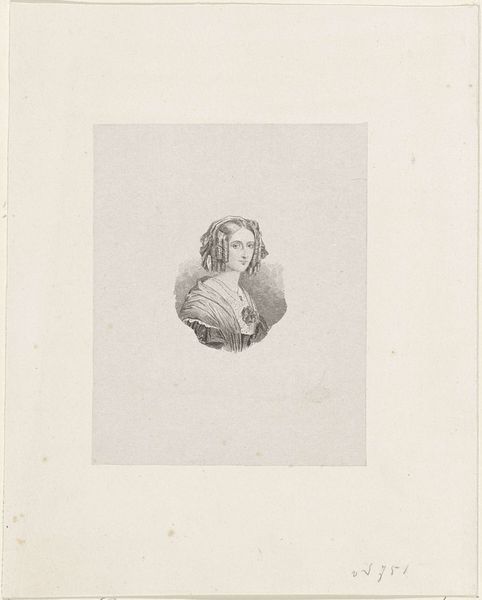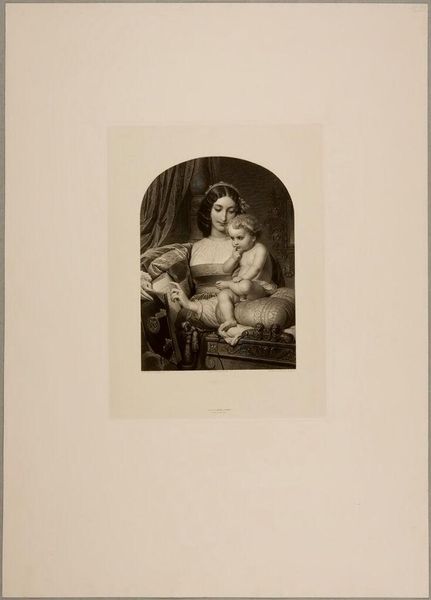
drawing, pencil
#
portrait
#
pencil drawn
#
drawing
#
pencil sketch
#
11_renaissance
#
pencil drawing
#
pencil
#
pencil work
#
realism
Dimensions: height 195 mm, width 140 mm
Copyright: Rijks Museum: Open Domain
Curator: Looking at this drawing, the delicacy of the lines and the serene expression of the subject create a truly introspective mood, wouldn't you agree? Editor: Indeed, it does project a sense of quietude. Let's delve into the historical context. This work, titled "Portret van een jonge vrouw," by Johannes Arnoldus Boland, is estimated to have been created before 1881. It’s a pencil drawing, quite representative of its era. Curator: Before 1881...so much unspoken in social history there, isn't it? I wonder what being a "young woman" signified then, for someone poised between opportunity and constraint. Look at how the details of her ruffled collar simultaneously frame and confine her. Editor: It’s fascinating how you're interpreting those societal pressures through her clothing! To add another layer: portraits served a critical public function back then. Beyond mere likeness, they were powerful tools of constructing identity and solidifying social standing. Consider who had the privilege to commission such a work. Curator: Absolutely. I immediately see questions about power. Was this her choice, her family’s? Does the almost idealized depiction gloss over any struggles? What does her averted gaze tell us about female agency in image-making? Editor: Those are pertinent questions. Pencil sketches often served as preparatory studies, but this one has a remarkable level of detail for a preliminary work. This suggests the intent was more than just capturing basic forms. Perhaps a sentimental piece, not just for societal promotion? Curator: Possibly. Her stillness does project a quiet strength. And while it presents a classic profile pose, there is still such nuance in the shading around her eyes and mouth. So, what begins as historical analysis leads us right back into this woman's inner world! Editor: Precisely! The intersection between socio-political functions and intimate, emotional portrayals of women makes Boland’s drawing a thought-provoking example from its time. Curator: Examining art this way lets us amplify those underheard stories echoing through generations! Editor: Agreed, prompting discussions crucial for both art history and contemporary understanding.
Comments
No comments
Be the first to comment and join the conversation on the ultimate creative platform.
